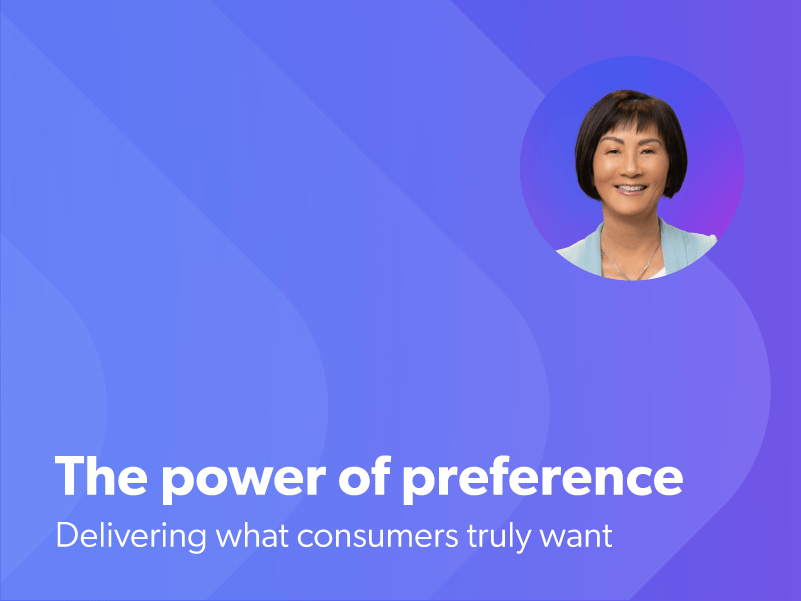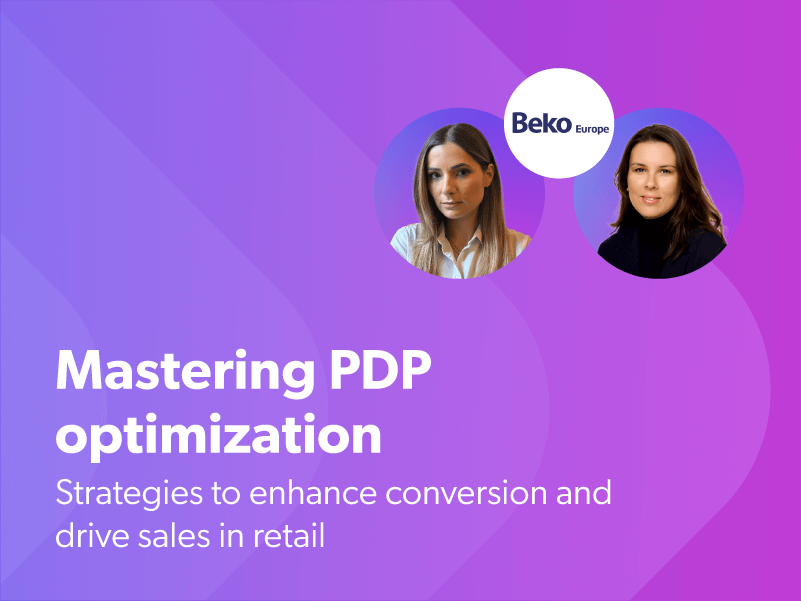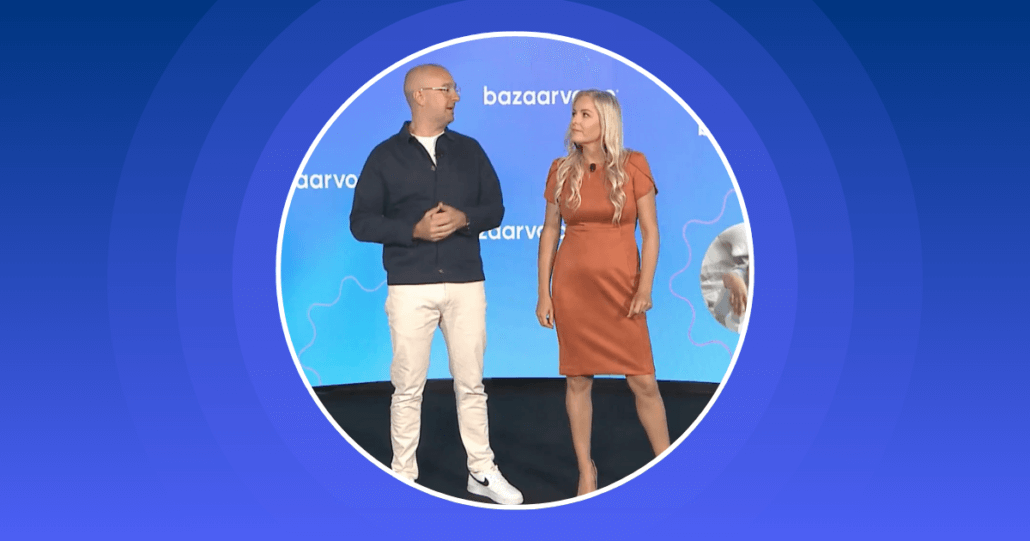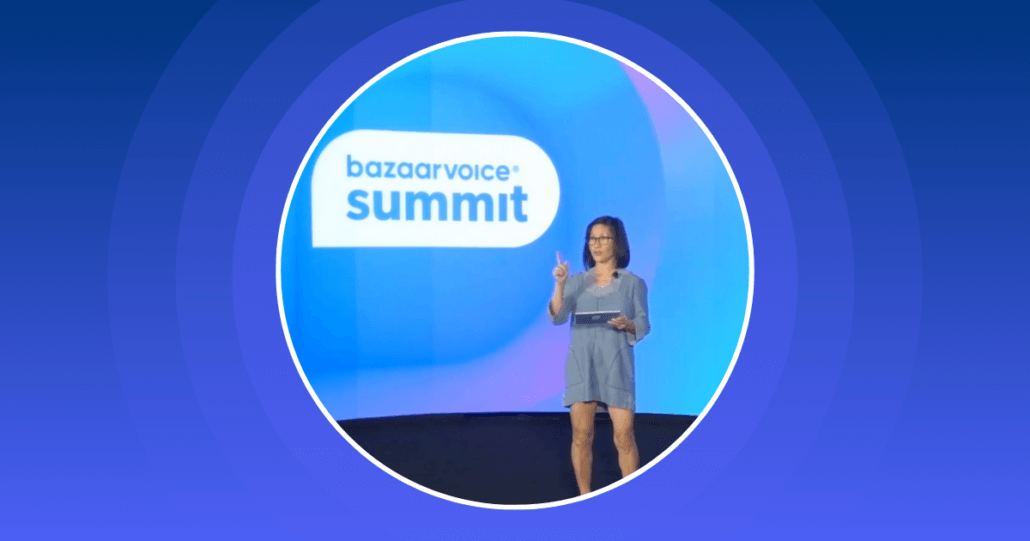April 4, 2025
If there’s one word that defines the Bazaarvoice Summit 2025, it’s trust. Amid AI-generated content and fake reviews, the right retail strategy can build trust, drive engagement and secure long-term loyalty — only if authentic content, whether UGC or creator content, is present across touchpoints.
This is crucial, especially since shoppers are showing a stronger preference for store-own brands than ever, as revealed in the Shopper Preference Report 2025 released at the summit.
How can retailers adapt to changing shopper behavior? The summit addressed these questions, with experts from Lowe’s, Beko, and Coco-Cola, among others, sharing their retail strategies. Let’s dive into six retail strategies from this year’s Bazaarvoice Summit to help you stay ahead in 2025 and beyond.
1. The private label boom: Shoppers are choosing value over brands
Owned brands, once considered budget stand-ins, have taken center stage in retail — now offering high-quality private-label products that deliver both value and excellence, making them a top choice for today’s savvy shoppers. According to the recent Shopper Preference Report, retail preferences are shifting fast, with 57% of shoppers now embracing store brands — an increase of nearly 11 percentage points from last year.
This trend proves that affordability alone isn’t what’s driving the change. Today, shoppers care about trust, quality, and personalized experiences as much as price.

Zarina Stanford, Chief Marketing Officer, Bazaarvoice, highlighted the importance of understanding what kind of content shoppers trust and the channels they rely on for information. She emphasized the need to assess how consumers distinguish between peer-generated and creator content.
A key differentiator for private-label brands is their eco-conscious values, with 23% of shoppers preferring to align with brands prioritizing sustainability.
2. UGC and creator content: Why retailers need it more than ever
Shoppers are rewriting the rules of brand loyalty. Our survey shows that 62% now prefer store brands Shoppers today prioritize authenticity over traditional advertising, making UGC a crucial factor in their purchase decisions. Mariana Rodrigues, Marketing Director, and Tatiana Pinto, UGC Marketing Manager at Beko Europe, emphasized the impact of optimizing PDPs with UGC, including customer reviews and real-life photos. These elements build trust, enhance product discovery, and boost conversions, especially for private label brands.
Meanwhile, Ryan Fagan, VP of Digital, Lowe’s, stressed in their session the importance of a seamless omnichannel approach, ensuring consistent messaging across digital and in-store touchpoints. Retailers who incorporate UGC into their retail strategies will build stronger connections with shoppers, drive engagement, and ultimately, increase sales.
3. Explosive growth in the retail media network: A must-have for brands
Retail media networks are growing at an explosive 22% year-over-year, evolving from simple search ads into full-funnel advertising powerhouses. Speed, scale, and quality remain the core creative challenges, intensified by the fast-moving retail media landscape, according to David Feinleib, Founder and CEO of It’s Rapid and Jeff Malmad, Global Head of Commerce Media, Mindshare.
They highlighted at Bazaarvoice Summit how brands are shifting ad spend, redirecting traffic to retailer product pages (Walmart, Amazon, etc.) instead of their own websites, making retail media a critical channel for awareness and conversions. For them, brands now juggle budgets across 20+ retail media networks, each with its own complex ecosystem — some featuring up to 147 different ad placements.
4. AI-powered personalization: Turning browsers into buyers
AI has transformed retail strategies by analyzing shopper behavior in real time to deliver hyper-personalized experiences. Frank Deck, Senior manager of product management, Ann Taylor showed how personalized messages on ratings amplifiers, limited inventory and hidden gems “Few see this, but those who do buy it” have been successful in converting potential consumers to buyers.
In partnership with Bazaarvoice, Ann Taylor mapped the e-commerce funnel—awareness, consideration, confidence, and purchase—identifying key touchpoints to deliver tailored messages. The focus was on enhancing the customer experience without overwhelming the site.
Results showed a 6% revenue-per-visit lift for Ann Taylor and 5% for Loft across all traffic through contextual commerce. The AI tracks on-site behavior like clicks, mouse movements, viewed pages, and searches and ensures that shoppers receive only the most relevant recommendations, boosting engagement without disrupting the browsing experience.

5. Optimizing PDPs: The make-or-break factor
Optimizing PDPs with fresh UGC and creator content is essential for sales and organic rank. It also helps meet speed, scale, and authenticity demands, driving seamless shopper experiences and measurable outcomes.
According to Jeff, local influencers tied to retailers can amplify social content, driving traffic back to PDPs. Beko resonated with the same thought by integrating UGC across multiple retail channels, ensuring a consistent and authentic brand experience beyond their website.They used consumer social posts (e.g., Instagram) for engaging PDP galleries, driving 12% click-throughs and bundle sales (e.g., oven-microwave pairs) in pilots like Wibo France, which they have expanded to Hotpoint UK. By syndicating ratings and reviews across retail partners, Beko has not only increased visibility in key European markets but also reduced return rates — proving that authenticity sells.
6. Bridging digital and in-store: Retailers win with omnichannel strategies
Shoppers today move fluidly between online and offline channels — browsing products on a website, checking availability via mobile apps, and making final purchases in-store. Retailers like Lowe’s are mastering this shift by integrating wayfinding solutions, interactive digital signage, and real-time ratings and reviews into the in-store experience, ensuring customers have the information they need at every step.
Content has an important role to play here. Fagan (Lowe’s) said that brands can support retailers by providing high-quality, consistent, and connected content that aligns with the retailer’s strategy. Content is the currency of the digital ecosystem and translates to in-store expertise, ensuring a frictionless omnichannel experience.
Likewise, Lindsay Aiken, Senior Director of e-Commerce, The Coca-Cola Company, focuses on four metrics (“CARS”): Content, Availability, Ratings and Reviews, and Share of Search. She pointed out that a strong digital shelf is foundational, ensuring consistency across omnichannel experiences to drive conversions.
What’s next? Future-proof your retail strategy
Retail is evolving fast, and success in 2025 will depend on trust, omnichannel innovation, AI-driven personalization, and data-backed strategies. Brands that embrace these shifts will build stronger connections with shoppers and drive long-term growth.
If you want to dive deeper, watch the on-demand sessions below to hear from industry leaders and get actionable insights to future-proof your retail strategy.







